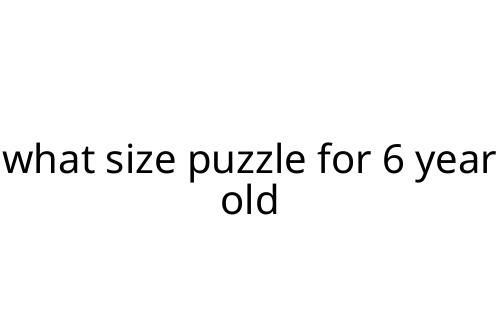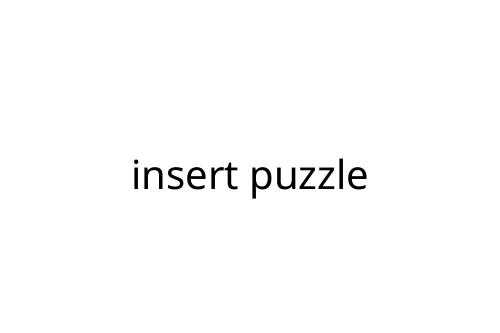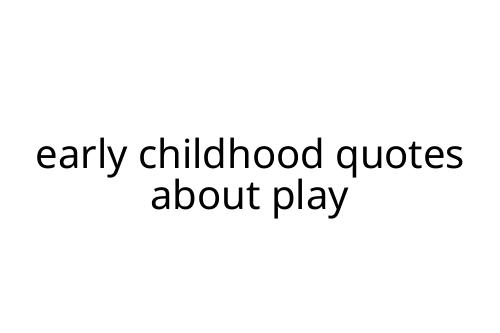what size puzzle for 6 year old
Choosing the right puzzle for a 6-year-old is about more than just fitting pieces together. It’s about matching the puzzle to their abilities, attention span, and what excites them. If you’re wondering, “what size puzzle for 6 year old?” you’re not alone. The answer depends on a few things, but there are some general guidelines that help.
Understanding Puzzle Sizes for 6-Year-Olds
Most 6-year-olds are building their fine motor skills and problem-solving abilities. Puzzles are a perfect fit for this developmental stage. Around this age, kids move beyond chunky wooden puzzles and into traditional jigsaw puzzles with smaller pieces and more detailed pictures.
A common recommendation for a 6-year-old is a puzzle with 60 to 100 pieces. Some advanced kids might even enjoy puzzles up to 150 pieces. The “just right” size is one that’s challenging but not so tough it becomes frustrating.
Why Not Go Bigger or Smaller?
Too few pieces—say, under 50—can leave a 6-year-old bored quickly. These puzzles may not provide enough of a challenge or take long enough to complete to hold their interest. On the other hand, jumping to 200+ pieces without prior experience can lead to overwhelm. Frustration often means the puzzle gets put aside and doesn’t come back out.
Factors to Consider Beyond Piece Count
Picture Complexity
It’s not only about the number of pieces. The image matters too. Choose pictures with distinct colors and sections—a unicorn in a rainbow field, or a scene with strong color blocks—so it’s easier to group similar pieces. Avoid puzzles with repetitive patterns or large solid areas (like blue skies), which can be tough for young kids.
Piece Size
At age 6, most children can handle smaller, standard-size jigsaw pieces—no need for extra-large toddler pieces. Still, very tiny pieces aren’t ideal at this age.
Child’s Experience
If a child has done many puzzles, they’ll likely handle more pieces and complex images. If this is their first go with jigsaw puzzles, lean toward the easier end of the spectrum.
Practical Tips for Choosing a Puzzle
- Start with a 60- or 100-piece puzzle. Adjust from there if it’s far too easy or too difficult.
- Look for puzzles labeled for ages 5-7—they’re designed with the developmental stage in mind.
- Sit down together the first time. You’ll see right away whether the challenge is a good fit.
- Storage is worth considering. Big, floor puzzles take up space but have larger pieces, which some kids like. Tabletop puzzles are often smaller in finished size but can be just as fun.
The Bottom Line
When asking, “what size puzzle for 6 year old?” aim for 60 to 100 pieces with vibrant, age-appropriate images. Use your child’s interest and experience as a guide. The right puzzle should spark curiosity, invite teamwork, and offer satisfaction when the last piece clicks into place.


